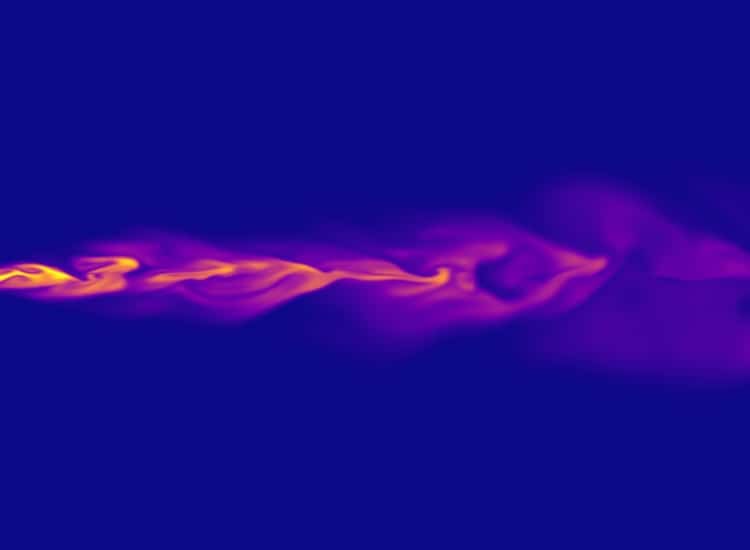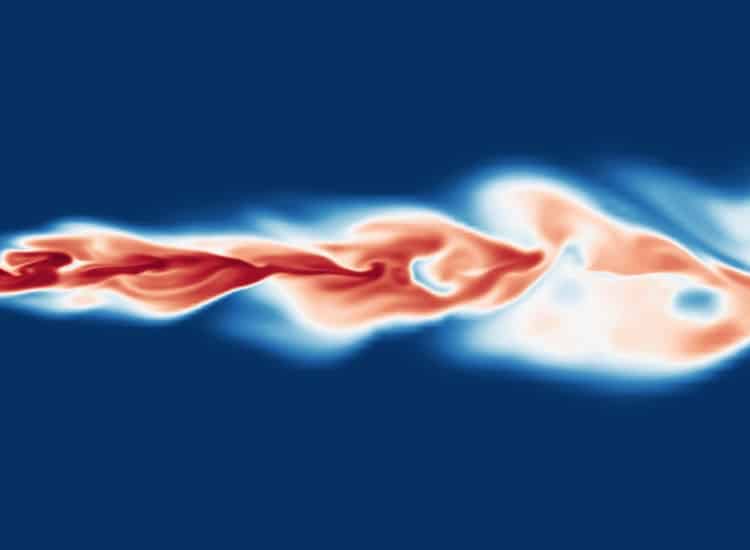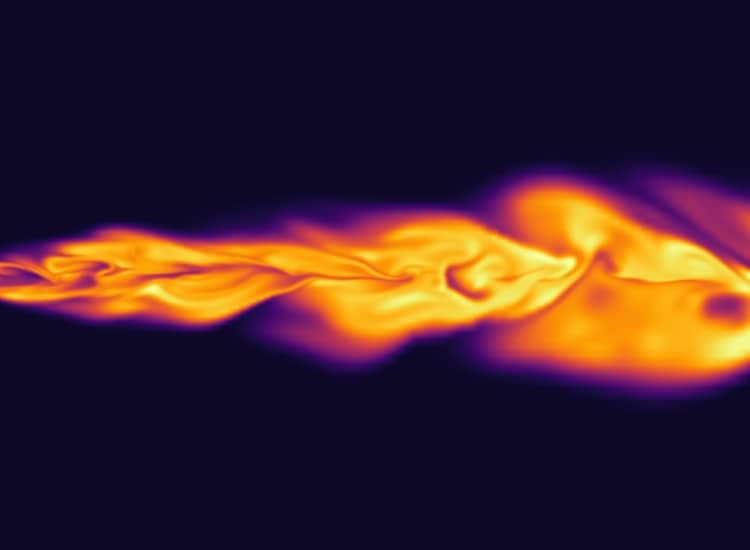
Revolutionising Hydrogen Research for a Sustainable Future.
The Problem
THE POTENTIAL OF HYDROGEN IS ACCOMPANIED BY SIGNIFICANT CHALLENGES
Hydrogen (H₂) and its carriers, such as ammonia, are pivotal in the global shift towards decarbonization. These fuels offer a cleaner alternative to fossil fuels (as they are carbon free), playing a critical role in reducing greenhouse gas emissions and powering a sustainable future especially in the hard to decarbonise domains such as marine, aviation and long-haul transportation.
Storage Challenges
Storing hydrogen as a liquid requires maintaining temperatures below -253°C, demanding bulky, insulated tanks that are difficult to integrate into aircraft designs.
Hydrogen storage tanks are larger and heavier than traditional jet fuel tanks, reducing payload capacity and range.
Safety Concerns
Hydrogen is highly flammable, and aviation operations involve high-risk environments (e.g., pressurised cabins, high altitudes).
Hydrogen molecules are small and prone to leakage, increasing the risk of combustion during storage or flight.
Efficiency Issues
Hydrogen-based aviation technologies, such as fuel cells, are less energy-dense compared to conventional jet fuels, potentially limiting their practicality for long-haul flights.

The Solution
Maximise the reliability, safety and operational efficiency of hydrogen based systems
We have designed digital twins with surrogate modelling tailored to hydrogen unintended leaks. By leveraging digital twins, the hydrogen industry can achieve safer operations, minimize hazards, and reduce maintenance costs:
Predict and Prevent Risks
Simulate potential failure scenarios, such as leaks or equipment malfunctions, under varying conditions to identify vulnerabilities before they occur.
Optimise System Design
Test safety measures and design configurations virtually, ensuring the highest levels of protection without the need for costly or hazardous physical experiments.
Enable Real-Time Monitoring
Integrate with sensors to provide live data, allowing immediate detection of anomalies and facilitating rapid response strategies.
Support Training and Preparedness
Create realistic, risk-free environments for training operators to handle emergencies safely and effectively.
KEY OUTCOMES
By implementing real-time safety measures, we can detect anomalies, mitigate risks proactively, and safeguard both personnel and infrastructure. This approach not only enhances safety but also builds trust in the reliability of hydrogen-based technologies, accelerating their adoption for a sustainable energy future.
Dataset for Hydrogen Leaks
Hydrogen is stored typically at high pressures and low temperatures. Also, typical hydrogen leaks have sizes of millimetres. Based on this consideration, we created a training database based on synthetic data from Computational Fluid Dynamics representative of hydrogen leaks, to characterise hydrogen stored at conditions typical of refuelling stations or tank storage.
Machine Learning Based Framework
We developed a framework based on machine learning models to predict hydrogen leaks characteristics. This can be used to create scenarios and prediction regarding safety when hydrogen applications are developed.
Pressure and Temperature Signal Prediction
Can you predict how pressure and temperature will evolve following a hydrogen leak? Yes. A model to forecast the pressure and temperature signals following a hydrogen leak has been developed, to mimic what sensor might read when tracking a hydrogen jet.
RESEARCH TEAM

Prof. Konstantina Vogiatzaki
Hydrogen

Giovanni Tretola
Hydrogen




